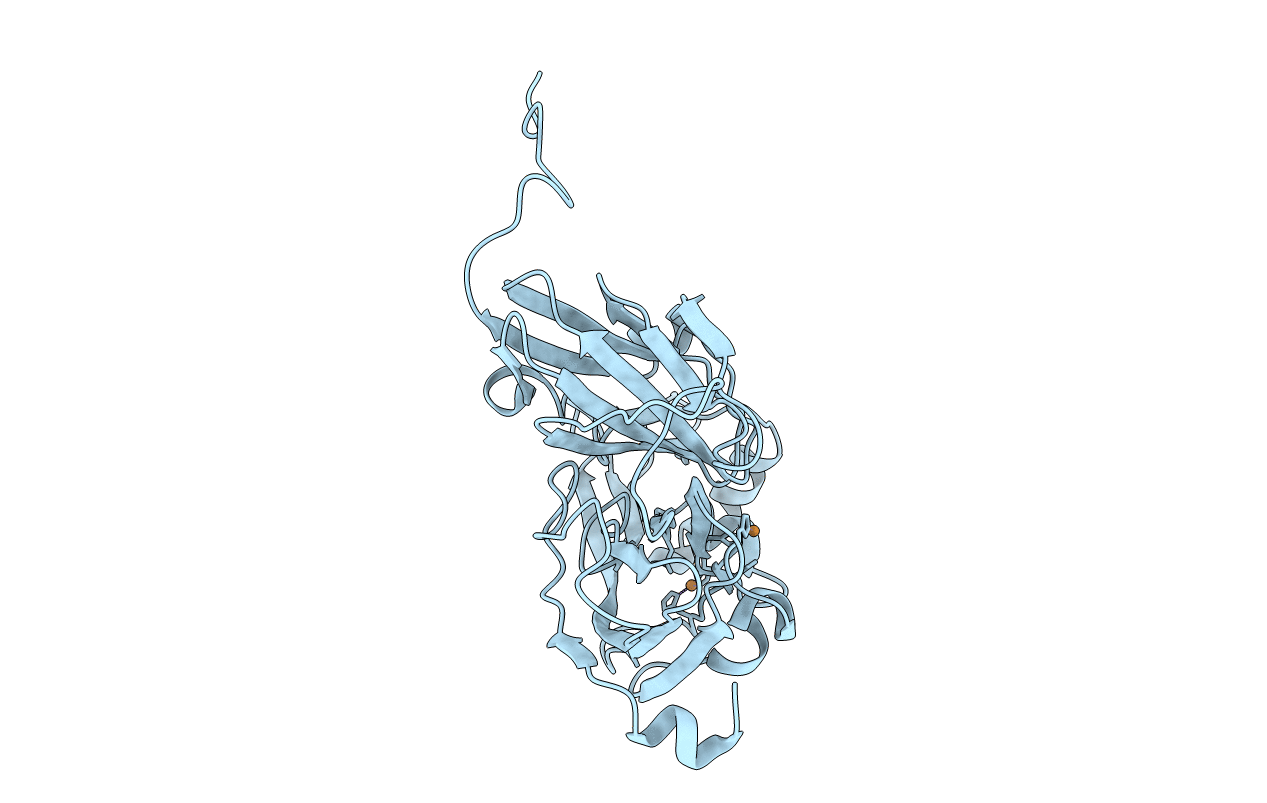
Deposition Date
2009-04-21
Release Date
2010-02-02
Last Version Date
2024-11-20
Entry Detail
PDB ID:
3H56
Keywords:
Title:
Met150Leu/Phe312Cys variant of nitrite reductase from Alcaligenes faecalis
Biological Source:
Source Organism:
Alcaligenes faecalis (Taxon ID: 511)
Host Organism:
Method Details:
Experimental Method:
Resolution:
1.50 Å
R-Value Free:
0.20
R-Value Work:
0.17
R-Value Observed:
0.17
Space Group:
H 3


